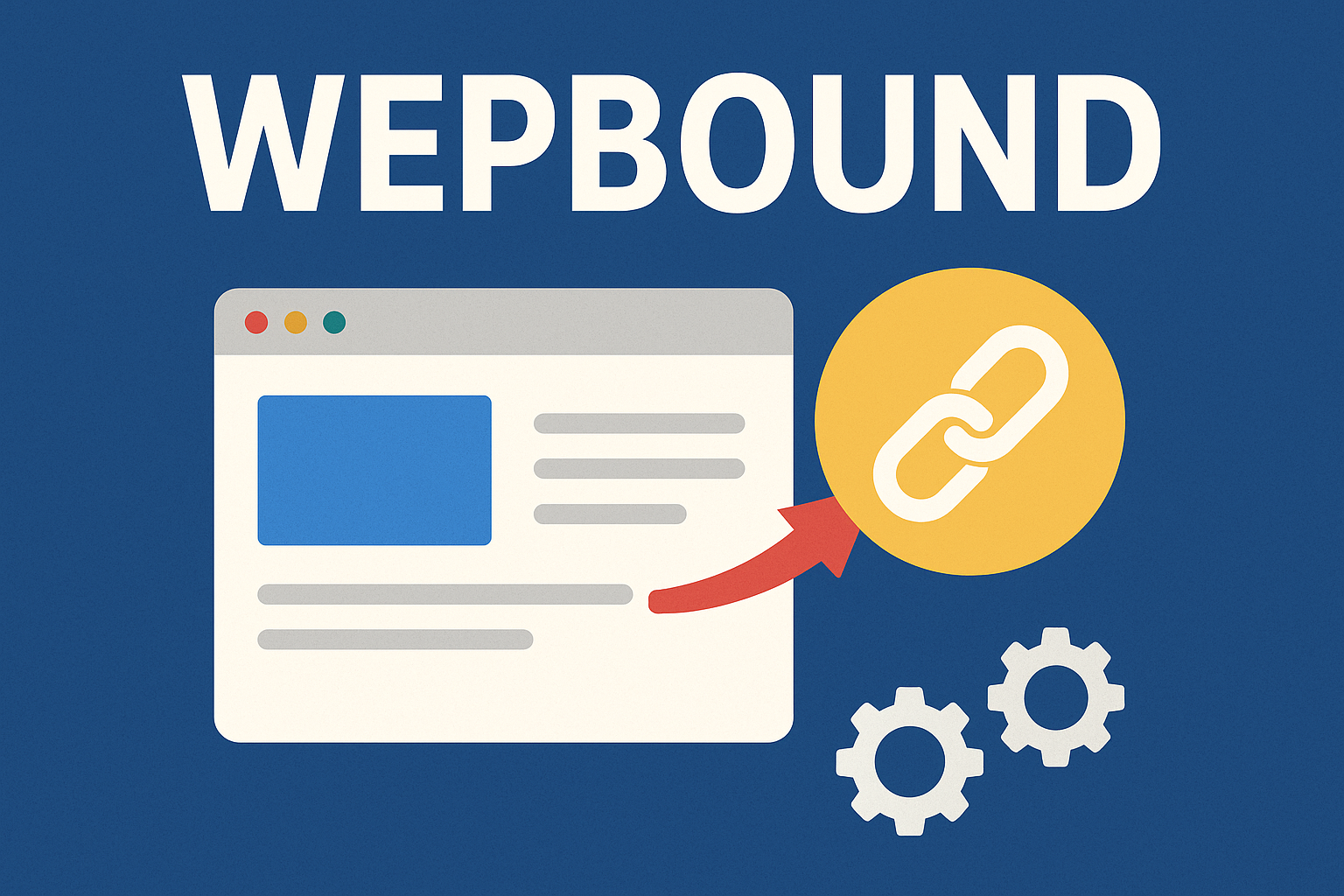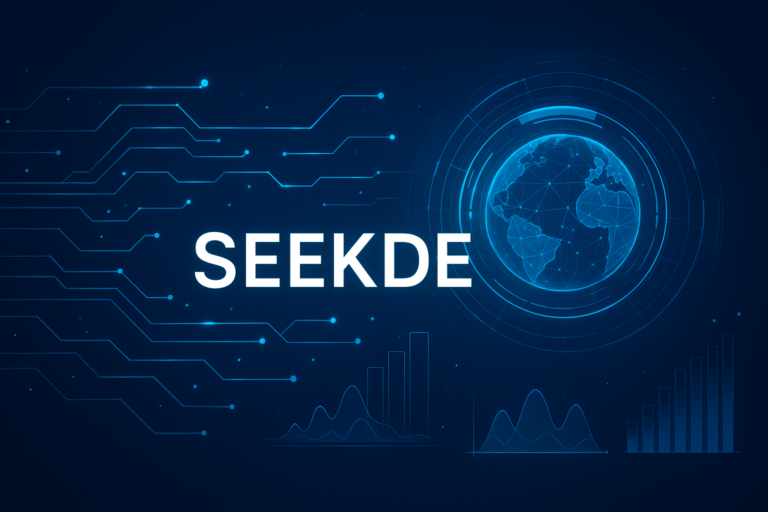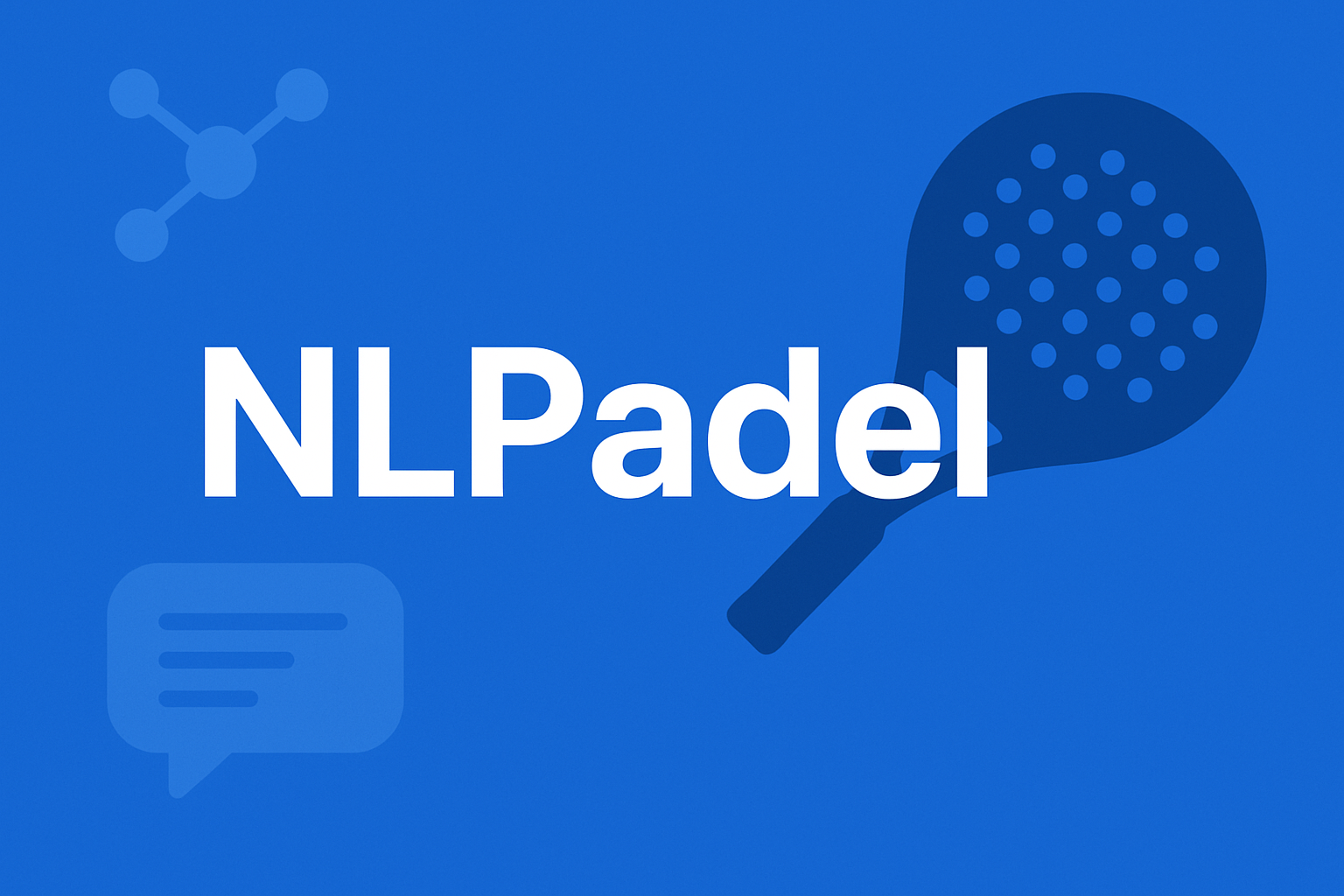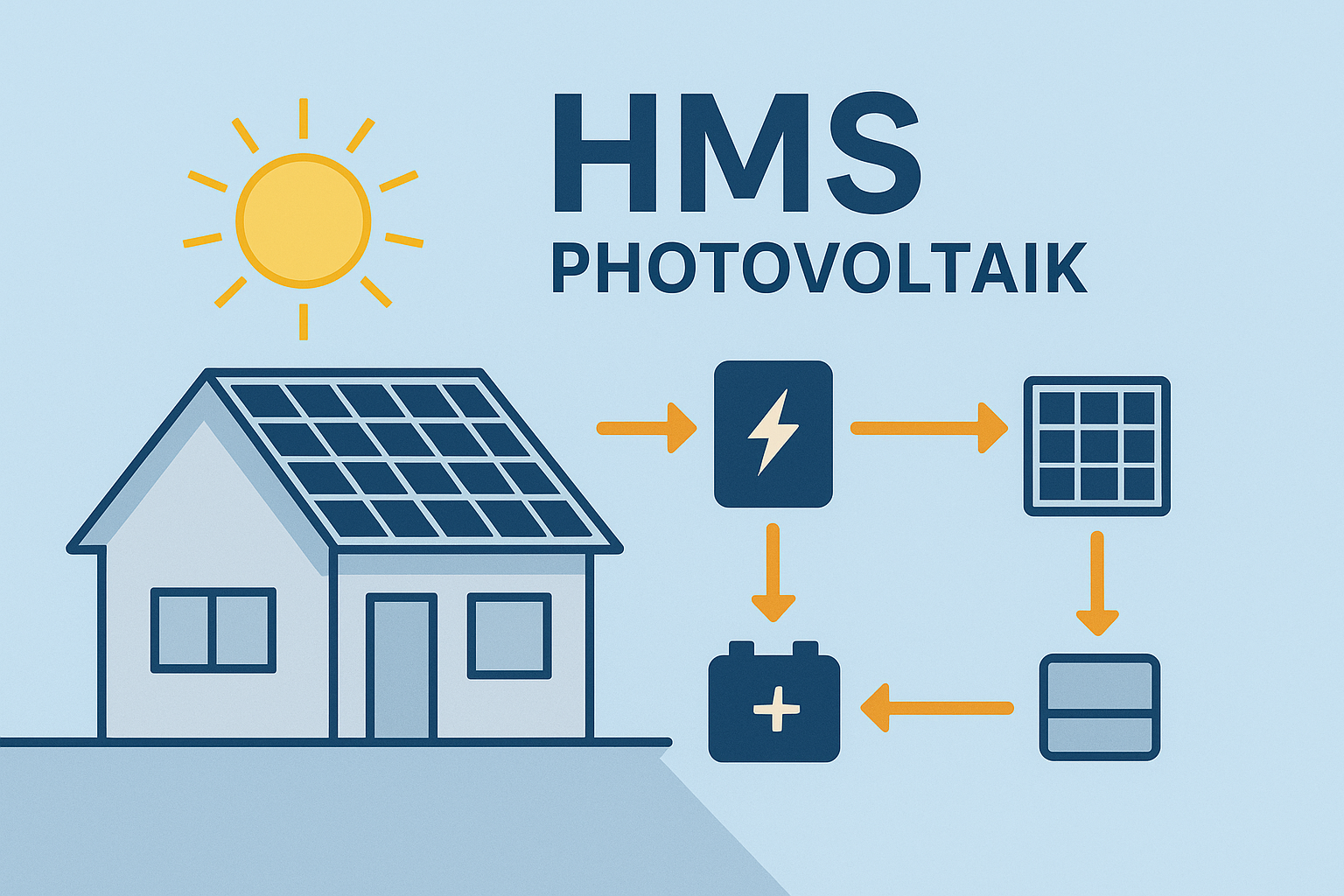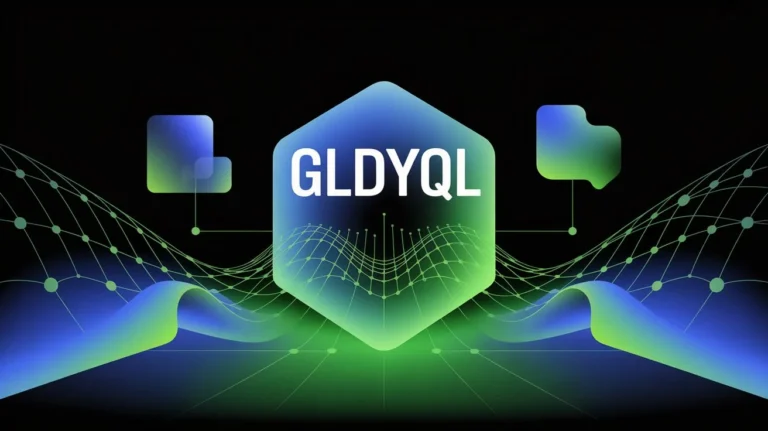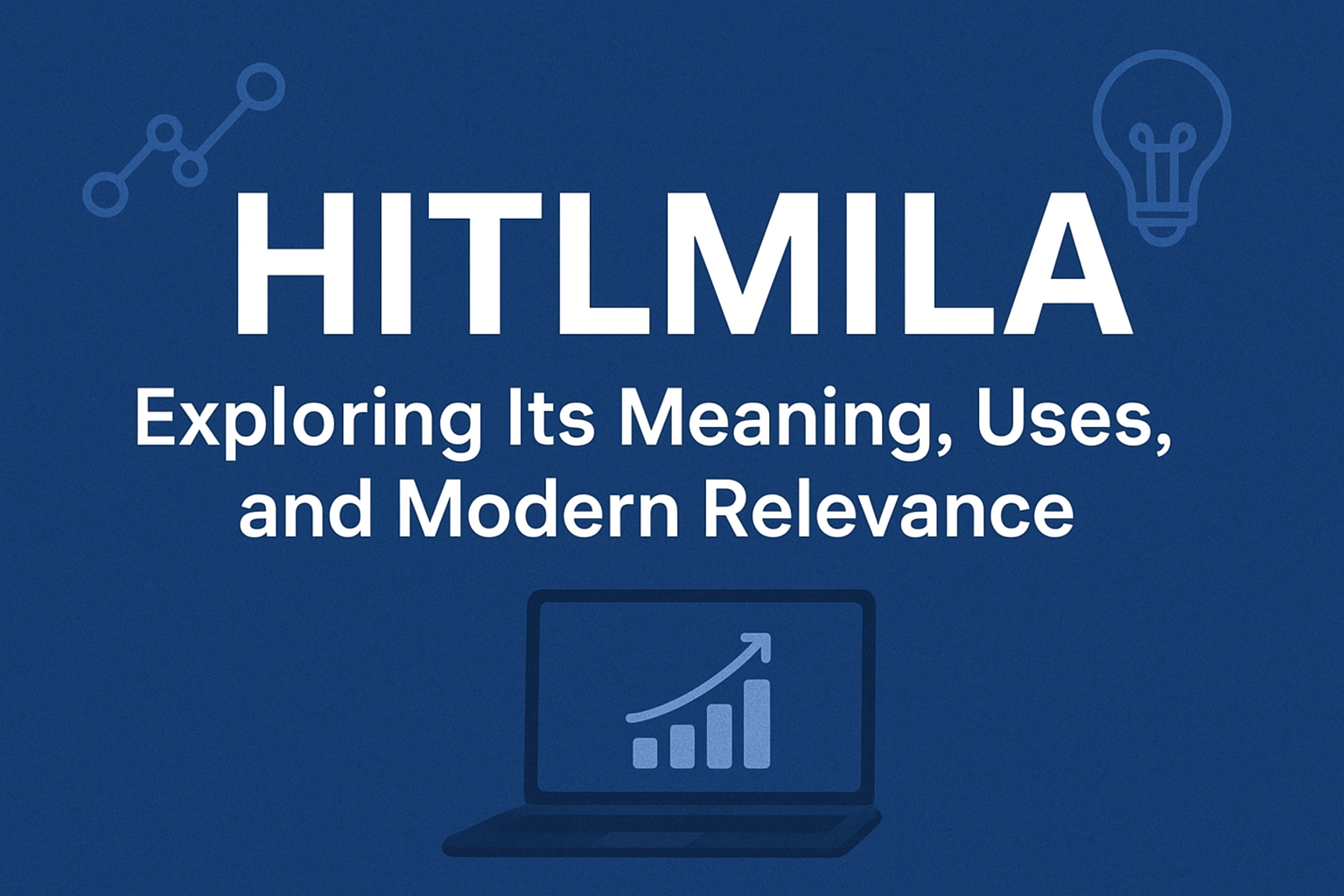Wepbound: The Future of Adaptive Digital Experiences
The digital landscape is rapidly evolving, and concepts like wepbound are emerging as potential game-changers. But what exactly is wepbound, and why are professionals paying attention?
In my experience as a digital strategist and technologist, I’ve seen how adaptive content and modular systems transform user engagement. Wepbound represents a natural evolution of this trend—moving beyond static web structures to systems that dynamically adjust to user context, intent, and behavior.
This article explores wepbound in depth, explaining its definition, benefits, challenges, real-world applications, and actionable steps for implementation.
What Is Wepbound?
Definition
Wepbound is a conceptual framework in which digital experiences are dynamically bound to user context and behavior. Rather than static websites or rigid templates, wepbound systems adapt in real-time based on signals such as:
- Device type
- Location
- User interaction patterns
- Engagement history
- Micro-goals within a session
This adaptability enables content and interfaces to be tailored to each user’s unique circumstances, creating a personalized and context-aware experience.
Core Attributes of Wepbound
| Attribute | Description |
| Intent-aware rendering | Interfaces adapt based on inferred user goals |
| Contextual continuity | Seamless experience across devices and sessions |
| Modular content | Reusable blocks of content dynamically assembled |
| Trust-based adaptation | Features or content revealed based on user credibility |
| Real-time behavior adjustments | Interfaces evolve mid-session based on interactions |
| Semantic interlinking | Content relates by meaning, not just site structure |
Unlike basic responsive design, which adapts only to screen size or orientation, wepbound is user-centric and intelligent, responding to subtle behavioral and contextual cues.
Benefits of Wepbound
Implementing a wepbound approach offers several advantages for businesses and users alike.
1. Improved User Engagement
Adaptive content ensures users see the most relevant information immediately. In my experience, interfaces that respond to user behavior can increase engagement metrics, such as:
- Higher session duration
- Reduced bounce rate
- Increased interaction with key features
2. Efficient Content Management
Wepbound encourages modular content, reducing the need for multiple landing pages or redundant information. This approach:
- Streamlines content updates
- Prevents duplication
- Supports scalability for large digital ecosystems
3. Smarter Personalization
Traditional personalization relies on segmentation or static rules. Wepbound leverages real-time signals to personalize content dynamically, improving the relevance of user interactions without excessive manual intervention.
4. Future-Proof Digital Architecture
As new channels emerge—AR, VR, voice interfaces—modular and adaptive systems are easier to extend. Wepbound designs prepare businesses for multi-channel expansion without extensive rewrites.
5. Gradual Trust Building
Adaptive systems can incrementally reveal content or features based on user interactions, allowing for trust-based access rather than rigid permission structures.
Challenges and Risks
While wepbound presents exciting opportunities, it also introduces technical and ethical challenges:
A. Complexity
Real-time adaptation requires sophisticated logic. Designing and maintaining these systems can be complex and resource-intensive.
B. Performance Concerns
Dynamic rendering and signal processing may impact page load speed and responsiveness if not optimized.
C. Data Privacy
Wepbound relies on behavioral data. Implementing robust privacy controls and clear transparency is critical to maintain trust.
D. Testing and Debugging
Adaptive interfaces are harder to test, as different users see different content and layouts. Ensuring consistent quality across all scenarios is a major challenge.
E. Over-Personalization
Excessive adaptation can feel intrusive or manipulative. Designers must balance personalization with user autonomy and comfort.
Real-World Applications
Even though wepbound is still an emerging concept, aspects of it are already in practice:
1. Modular Content Systems
Platforms using headless CMS architectures often assemble pages dynamically from modular content blocks, aligning with wepbound principles.
2. Adaptive Onboarding Flows
SaaS applications that reorder steps or skip content based on initial user actions demonstrate early wepbound-like adaptation.
3. Contextual UX Testing
Experiments where interface elements adapt mid-session based on cursor behavior, dwell time, or scroll patterns are precursors to full wepbound systems.
4. Progressive Disclosure
Knowledge platforms showing basic content first and revealing advanced content progressively reflect trust-based adaptation principles.
How to Implement Wepbound Today
Even without a fully mature framework, businesses can start experimenting with wepbound principles.
Step 1: Audit and Modularize Content
- Break content into reusable blocks
- Decouple logic from presentation to allow dynamic assembly
Step 2: Capture Lightweight Signals
Collect non-invasive user signals such as:
- Device and browser
- Referral source
- Time and location
- Interaction patterns (scroll, clicks, hover)
Step 3: Apply Adaptive Rules
Start with simple rules:
- Adjust hero images based on referral source
- Highlight technical features for users who visit documentation
- Reorder CTA buttons based on engagement metrics
Step 4: Use A/B Testing
Measure the impact of adaptive changes on engagement, conversion, and satisfaction. Iterate gradually.
Step 5: Build a Decision Layer
Centralize logic for adaptive decisions, keeping it modular and maintainable.
Step 6: Ensure Privacy and Transparency
- Offer static fallback options
- Provide clear information on adaptive features
- Comply with GDPR, CCPA, or other regulations
SEO and Content Strategy for Wepbound
When optimizing a wepbound-enabled website:
- Use canonical URLs for dynamic content
- Implement schema markup (Article + FAQ) for search engines
- Ensure semantic linking for modular content
- Maintain a static fallback for crawlers
- Optimize performance for dynamic rendering
FAQs
- Is wepbound just hype?
While the term is new, the principles—modular content, adaptive interfaces, contextual personalization—are already in use. - Who benefits most from wepbound?
Complex platforms, SaaS products, marketplaces, and content-rich sites benefit the most due to diverse user personas and goals. - Do I need AI to implement wepbound?
Not necessarily. Early adoption can rely on deterministic rules. AI helps scale and refine personalization but is optional. - How can I measure success?
Use controlled experiments to track engagement, conversion, satisfaction, and retention metrics. - Does it affect accessibility?
Yes, adaptive systems must preserve semantic markup, ARIA roles, and predictable navigation for screen readers.
Conclusion
Wepbound represents a paradigm shift toward context-aware, adaptive, and modular digital experiences. By modularizing content, capturing user signals, and implementing adaptive rules, businesses can create more relevant, engaging, and future-ready interfaces.
Even incremental steps toward wepbound—such as modular content and adaptive flows—offer measurable benefits, preparing digital experiences for evolving user expectations and multi-channel environments.
